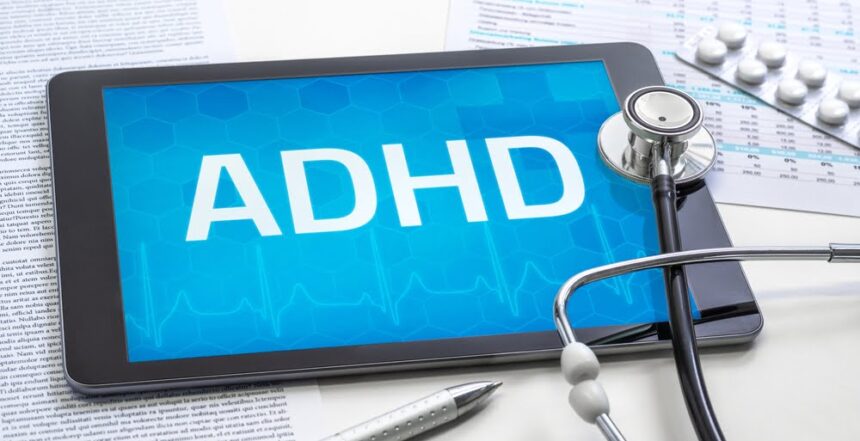Does your child suffer from Attention Deficit Hyperactivity Disorder (ADHD)? You aren’t alone as a parent. Around 9% of people have this condition and it can be stressful for parents when it isn’t managed.
Children with ADHD typically display abnormally high levels of inattention, hyperactivity, and impulsivity levels. ADHD affects children’s ability to control focus, behavior, emotions, and energy. This leads to activities that are difficult for parents and teachers to handle.
Keeping up with a child’s behavior at home might take a lot of mental and physical strength. The good thing is that there are assistive technologies for children with ADHD that can significantly help parents and teachers ease their emotional struggles and boost their confidence when it comes to managing kids with ADHD.
Before you can find a treatment plan, you have to make sure your child is properly diagnosed. ADHD is a very undiagnosed issue and it easier to treat when you know what the nuances of your child’s condition are.
How Assistive Technology Can Help Kids with ADHD?
Assistive technology (AT) is designed to aid people with a wide range of disabilities, from learning difficulties to physical impairments. Assistive technology is mostly referred to as digital tools like computers and smartphones. However, there are a lot of AT resources on the internet today.
Your child with ADHD may benefit from using assistive technology, which includes computers, software, applications, and other tools designed to improve learning and academic performance. If they struggle in areas like reading, writing, or mathematical skills, this could help them enhance their abilities and self-esteem.
Using these assistive technologies requires a concerted effort from all responsible adults in the home. Generally, children’s habits would be set at a young age and carried on throughout their lives. Building a routine around these assistive technologies is possible, but it will take time and effort from the whole family. This is especially true for families with children who have attention deficit hyperactivity disorder.
Technology has enabled persons with ADHD to manage their time more effectively, complete tasks, and resist distractions. If kids with ADHD had access to appropriate AT, they might surpass the academic achievement expected from them. Here are examples of AT you can purchase for your kids.
Reminder Devices
Students can be given control over their own reminders with the help of quiet programmable aids, such as a vibrating watch. Without alerting the rest of the class, learners can get regular, brief reminders to refocus their attention on their task. This empowers students, relieves stress for instructors and parents, and boosts students’ chances of academic achievement all at once.
Listening to a teacher’s or parent’s nagging voice throughout the entire day is enough to distract and provoke kids with ADHD. Fortunately, we can find gadgets that will alarm, buzz, vibrate, or blink to remind our kids to finish their tasks.
For instance, if your child has been prescribed stimulants such as Vyvanse, you can have them take the medication first thing in the morning by setting the alarm on their watch.
Helpful tip: To save more on this medication, you can get a Vyvanse coupon by joining a loyalty store program or visiting coupon websites.
Audiobooks
It may be challenging for students with ADHD to focus on reading for an extended period of time. If they have access to an audiobook service, they can listen to a reader that will read the book for them. They are easily accessible through a computer, MP3 device, or CD player, making them ideal for kids with ADHD as they do other things while they listen.
By listening to an audiobook, students can learn to sound out difficult words and concentrate on vocabulary and context to improve understanding.
Kids can benefit from reading tough texts even when they don’t have a book in their hands. This helps them gain self-assurance, expand their vocabulary, and improve their listening and reading skills.
Audiobooks can also help at night since bedtime can be a battle for children with ADHD because they find going to bed boring. It could help to play audiobooks or play soothing music before bedtime.
Talking Calculators
Many kids, like those who struggle with reading, also have trouble understanding the mathematical notation on the pages they are assigned to work with.
A talking calculator’s in-built speech synthesizer vocally announces the student-entered data (numbers, symbols, and operations) and their calculated result. A student with ADHD can use the audio feedback to double-check his response on the screen before copying it down on paper.
Speech Recognition Software
Speech-recognition software, which records what the user says into a digital document, is helpful for kids with ADHD. If a person has trouble with fine motor skills or writing, this can help them communicate more effectively. Rather than typing out their thoughts, users can just tell the computer what they wish to convey.
Some laptops and tablets already have speech recognition software installed on them when they are purchased. In any case, there are a variety of software applications, web-based tools, and downloadable apps to choose from.
De-stressing and Meditation Apps
Children who have been diagnosed with ADHD often also experience anxiety. Many parents have discovered that teaching their children meditation or mindfulness techniques has helped them concentrate and calm down. Like most other things, you can get an app to help your kid with mindfulness practice. Apps like these are ideal for training kids in mindfulness because many of them have guided meditations.
Conclusion
Adopting these assistive technologies is crucial in shaping the behavior of children with ADHD. It can also help to reduce stressful situations at home and school. As a parent or a teacher, clearly communicate what you expect, give positive attention, and make adjustments as needed. It will be difficult, but the pressure can be lessened with the help of these assistive technologies.

